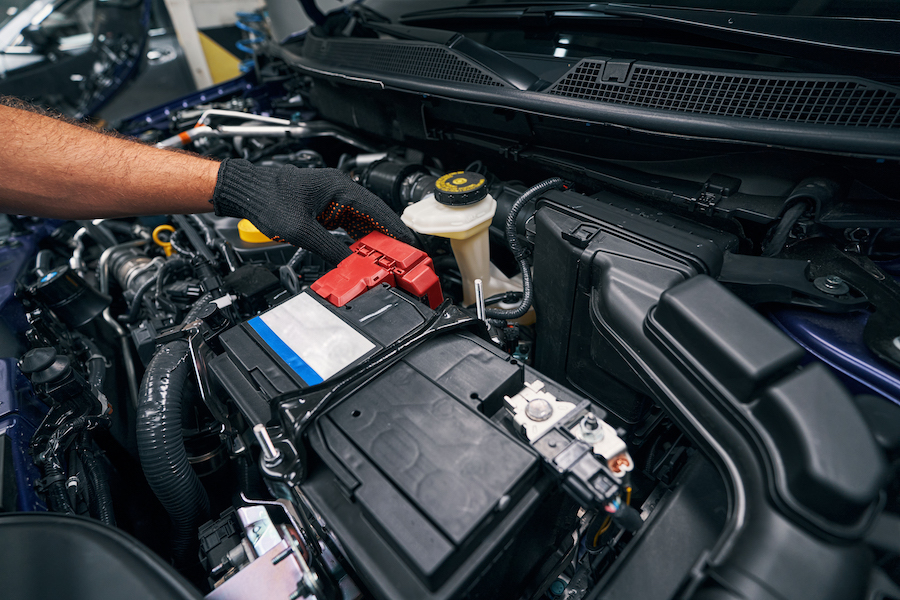
Why are batteries used in vehicles?
Batteries are essential for vehicles since they provide electrical power for start-ups and engine operations. This type of power has numerous advantages over other forms because it is relatively light, efficient, and reliable. Electric energy in batteries reduces wear and tear on the engine by eliminating the need for a generator that would otherwise be used to create energy. As batteries also have a long life span, they often do not require regular replacement as part of maintenance routines, so they represent a cost-effective power source compared to other options. Furthermore, using battery power assists with lowering vehicle emissions as engines do not need to burn fuel during idle times. It is clear why batteries are chosen for use in vehicles; their convenience and efficiency allow motorists to power their cars effectively.
What shortens car battery life?
Keeping a car battery healthy is key to maintaining vehicle performance and reliability. Numerous factors can shorten the life of a car battery, including long periods of disuse, heat, vibrations, overcharging, and draining the battery. Long periods of disuse cause sulfation which is corrosion on the lead plates in a sealed lead acid battery. High temperatures accelerate chemical reactions inside a battery and decrease its overall lifespan. Vibrations from rough roads also reduce battery life by loosening connections within the unit. Overcharging or fast charging a battery will cause internal damage resulting in decreased performance levels over time. Draining the battery too often will also cause it to require replacement sooner than expected, as too much deep cycling reduces capacity and shortens its useful life. Avoiding these causes can help ensure your car’s battery lasts longer and keep its engine running smoothly.
How do you check car battery life?
Checking your car’s battery life could not be easier! You can purchase a voltmeter from any auto shop — these are relatively inexpensive and simple to use. Insert the leads into the voltage terminals on your vehicle’s battery, turn on the meter, and wait for a reading. If you see 12.4 volts or higher, it indicates that your car’s battery life is full. However, if the voltage drops below 9.6 volts, it is time to replace or charge the battery if it is removable. Remember to disconnect the negative terminal before working on your vehicle’s battery, and never touch both terminals simultaneously to avoid serious electric shock.
Do all batteries work on all cars?
Not all batteries are compatible with every type of car. There are many factors to consider when determining what type of battery is best for a specific car. For example, cars that require low-maintenance batteries often have a different setup than cars with non-sealed batteries and may not be able to accept the same type of battery. Moreover, different types of cars also require different-sized batteries, which must line up perfectly to fit properly and function correctly. As such, it is important to research the make and model of one’s car before selecting a battery to ensure the right size and type of battery will work on the intended motor vehicle.

